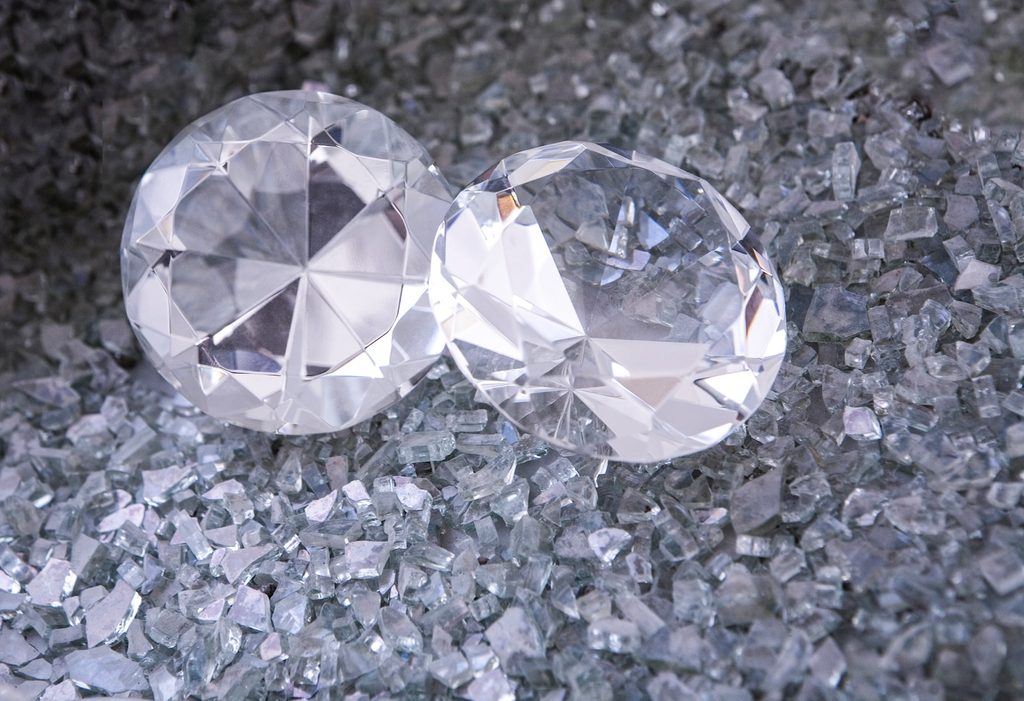The G7 is moving towards a diamond traceability system to impose an embargo on Russian diamonds from 2024.
Ever since the the Russian invasion began in 2022, the Ukrainian authorities have urged for a ban on Russian diamonds, according to L'Echo. Russia's Alrosa, the world's largest gem producer, is believed to be significantly funding the Kremlin war.
Reports now suggest that the talks around the embargo system have been fruitful. The G7 may already announce the diamond ban in the coming weeks. It is expected to be effective from 1 January 2024.
Belgium, with the world's diamond center, Antwerp, has maintained a central role in these discussions within the G7 and the EU. A key concern has been to prevent the embargo from rerouting imports towards India, Antwerp's main competitor.
The role of G7 in imposing sanctions
Belgium insists European sanctions on Russian diamonds are only possible through the G7 that commands 70% of the global market. “We anticipate the embargo announcement from G7 in the next few weeks to become effective from 1st January 2024," an anonymous Belgian government source told l'Echo.
Anticipations run high as the European Commission proposes to sanction Russian diamonds by November. This embargo alone could already slash 30-40% of Alrosa's revenue.
With the embargo's launch, Russian diamonds will be prohibited in the G7 countries, splitting the global diamond market. Belgium, accounting for 98% of the European market, would refuse Russian diamonds.
The market has already signalled an adaption with fewer Russian diamonds imported to Antwerp. Alrosa has consequenly started flooding the global diamond market, and cutting the prices as it seeks other other sales routes.
Diamon traceability
The embargo’s main challenge has lied in quickly establishing a comprehensive traceability system for diamonds within two years. Utilising existing tracking platforms like De Beers and GIA, which use laser markings, the system is now expected to also move towards advanced technologies like blockchains and ultimately nanotechnologies to trace most of the stones.
Indian polishers, who cut 90% of the global diamonds, are also expected to separate Russian and non-Russian origin stones. With the US being their main market, it also has an incentive beneficial to comply with the G7 decision.
The traceability data will be available to the governments of G7 countries through a public platform, akin to the Swift international payments system. Antwerp's diamond traders were engaged by the Belgian government in the system's development.

